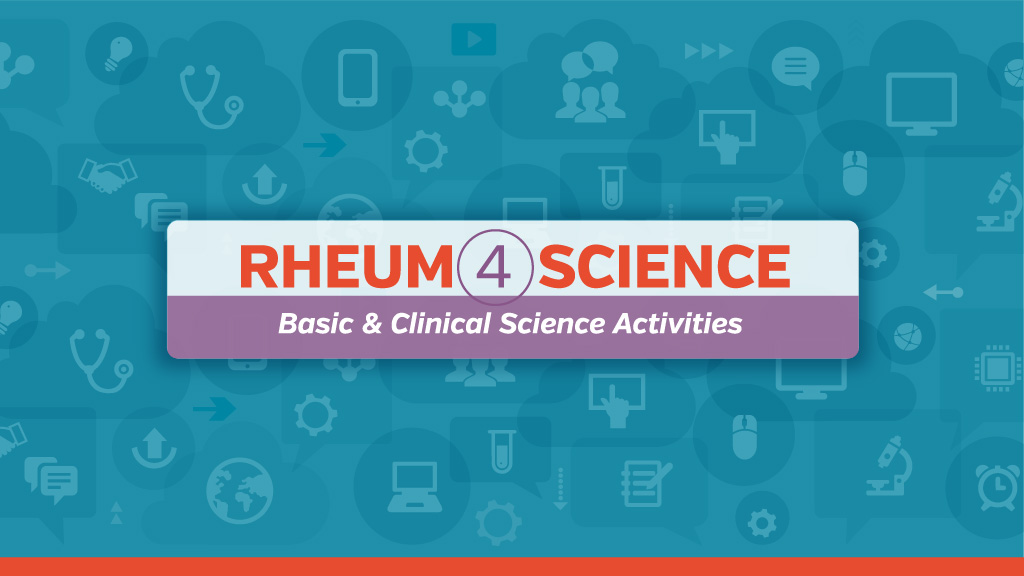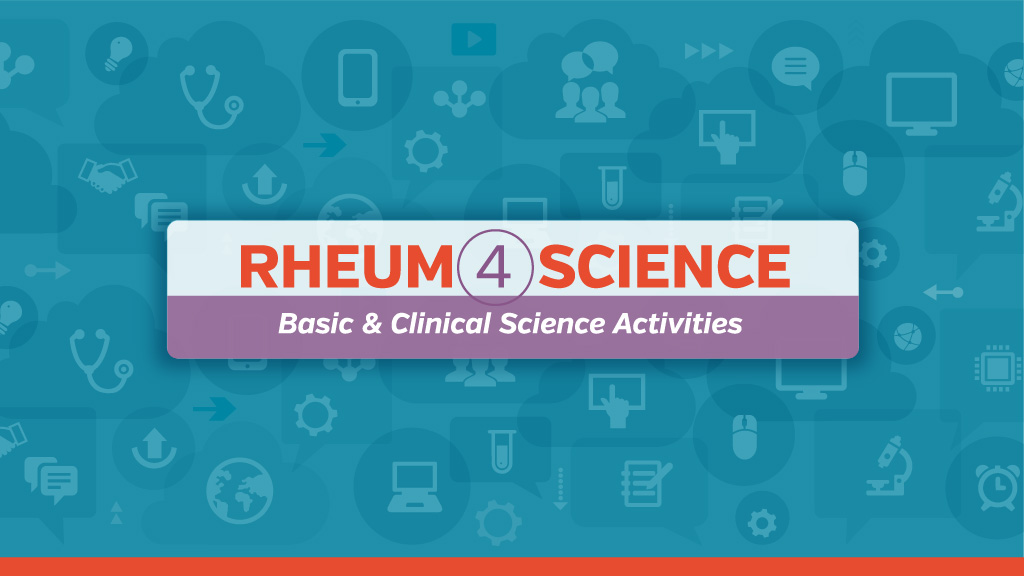Learn how to identify the immune components of preclinical rheumatoid arthritis (RA) and the implications for the treatment of RA.

Complement activation is essential for human survival, and complement abnormalities have adverse effects on inflammation and immunity. Review the pathways of complement activation, its normal functional roles, and key aspects of complement abnormalities that contribute to human disease.

This activity is all about data collection and distribution. Learn the different variables and select and interpret the best measures of central tendency and dispersion.

Learn about the innate immunity response, including its essential feature, triggers, elements, and how innate immunity is linked with adaptive immunity.

The NLRP3 inflammasome is a key player in several rheumatic diseases, so understanding its structure and function will serve fellows in training, students, residents, practicing rheumatologists, and health care providers well.

What is a toll-like receptor (TLR) and what should we know about them? In this activity, you will learn everything you need to know about TLRs and their role in chronic inflammation in rheumatic diseases.

B cells play an important role in many immune responses. In this activity, you will learn the basics of B cell development, antigen binding, and activation
